Interview: London-based artist Rachel Maggart talks about New Britannia, her new collection of paintings
November 30, 2015
Japanese bloggers, squatters, and stained glass are the order of the day at Roast Restaurant when I go to meet Rachel Maggart to discuss her latest series of paintings, New Britannia: Reinventing British Iconography.
The series of ten paintings, commissioned by the owner of Roast, holds a mirror up to our understanding of British iconography and the fragility of metaphor, and exhibits a masterful command of artistic mediums.
Maggart came to the UK in the autumn of 2013 on a student visa, having won a scholarship to Birkbeck College. “I knew at some point I would be moving here and my now-husband was badgering me,” she says.
“It was the easiest route until we got married. It was either that, come as a student, or with a work sponsorship, which I didn’t have and which is horrible to line up. I did a master’s in art history and in that time I got a job at a gallery.”
The gallery has clearly opened Maggart’s (already very wide) eyes to the business of art and the practicalities of artistic endeavour. “Now that I’m doing my own stuff, and because I just know a little bit how to negotiate and the logistics of shipping paintings around the world, it’s given me an insight into the capacity of the art market which I had no idea was so strong,” she says.
“The owner of Roast got wind of the fact that I was a painter and invited me to come and pitch an exhibition. I did, he liked it. I brought in this book of images and said ‘I am going to paint all of these,’ and he said ‘There’s some messaging in the paintings that you can use’. So I sort of encoded Modern Love and Meat Your Maker with themes that he supports.
“For example, he wants to maintain Southwark Cathedral. So the image of the stained glass window in Modern Love, it’s a way for him to initiate his social projects and passions of his.”
As for Maggart’s studio of choice: “Just by sheer stroke of luck I found the leasing agent of this mansion in my neighbourhood. We agreed a phenomenal fee to let me work on the top floor but then it kind of all fell apart at the end because her other guardians were squatters themselves! It was a great space to work – big and light.”
As someone whose personal artistic epoch was back in 1994 (here’s looking at you pasta elephant), I’m fascinated by processes and artistic discipline. I ask Maggart what her approach was with this project.
“I didn’t want to get in over my head so I knew I had most of the concepts ironed out. I did that in ten hours – just went crazy for ten hours doing Photoshop manipulating collages.
“I start putting them together, just very extemporaneously and at this point it’s all formal, it’s just about what works as a composition and what to my mind looks aesthetically pleasing. Then out of the coupling of images comes a story that I had no sort of predetermined or preconceived expectations for. That’s when it really gets interesting.
“So if I see an exposition, some potential, then the feedback that that collage is giving me, I will transfer to painting. In the painting the process of revelation is so much slower and it becomes really protracted and drawn out.
“I don’t care so much about what one image means. I’m not so concerned with representation really more about the stories and the trajectories of the images, how in a way these are all metaphors for manufactured dreams. I am interested in how we make sense of our reality by somehow putting those images back together.
“If I gave everything away then I would ruin it,” she adds.
So how did Maggart decide what constitutes British Iconography? “I was thinking about Paper Doll on the way here. Probably the origin of that image is constantly seeing buses go by with scantily clad women. There is something appealing in that image or at least something in that image purports to be appealing because it sells. I wanted to wrap my mind around why it is that these images are used to sell and who sells the image. Is it a person? It’s just a face.
“I thought of Kate Moss, because that’s automatic, so I combined that with pictures that I think I have seen in my head and all kinds of other pictures that I think are just quirky representations of Britishness because that was the only umbrella concept I was working with for this show.”
Maggart’s inspiration is as diverse as it is unusual. “What’s interesting about Meat Your Maker, I had taken a re-enactment from a Japanese blog and it was a guy who had staged that scene from the Clash album cover. I found that far more interesting. It’s much more about something that happens and this energy between images,” she says.
So does Maggart see herself undertaking more projects? “I have always done it as a hobby more than trade. I didn’t really have an opportunity before now,” she says. We certainly hope that there will be more to come from this highly unusual and perceptive source.
New Britannia: Reinventing British Iconography will be on display at Roast Restaurant, Borough Market until March 2016.

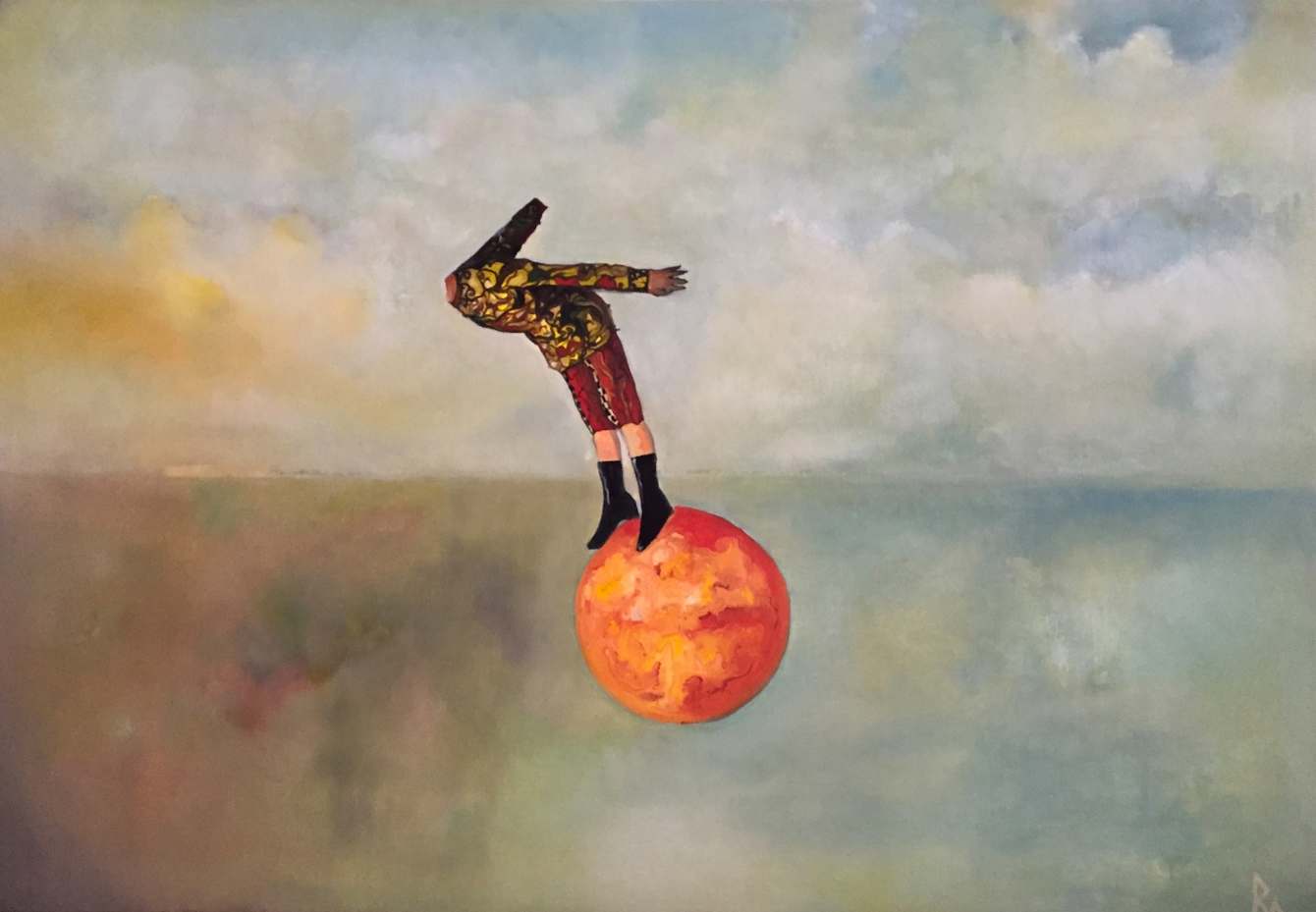
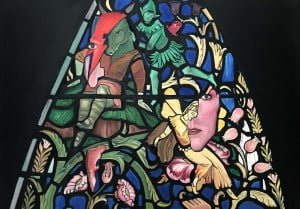
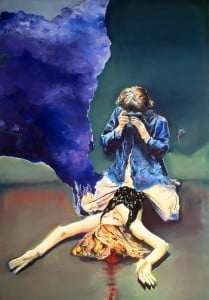
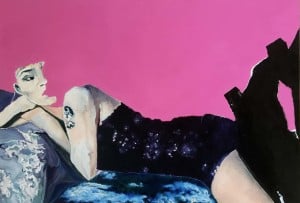
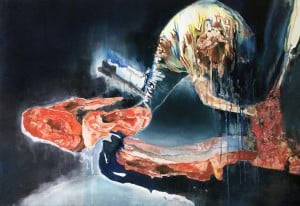
Comments